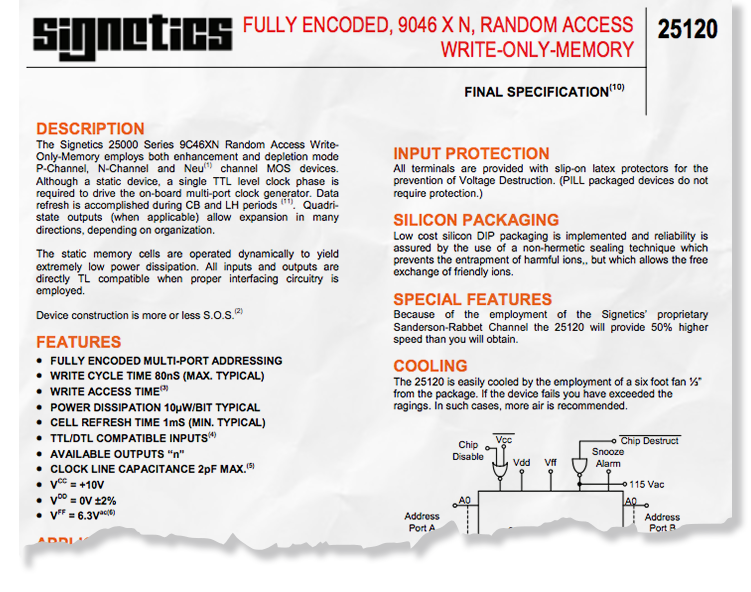What are aluminum polymer capacitors? These are a solid type of capacitor that replaces the liquid electrolyte with a solid polymer material. Sometimes you might hear these capacitors called “organic aluminum.” Technically, they are still “electrolytic” capacitors. However, the colloquial term of “aluminum electrolytic” refers to the traditional wet electrolyte-based capacitors.
In this video, I meet with Amelia Dalton of EE Journal, and we discuss these capacitor types. Mouser and EE Journal developed the video in joint with KEMET. (Previously I talked on Amelia’s Chalk Talk about SSD Capacitors.)
For me, the release of this video is bittersweet. It is one of my last projects before my departure from KEMET. However, I am excited to talk about aluminum polymer capacitors because they represent one of the “newer” technologies when it comes to capacitors.
Difference between Aluminum Polymer Capacitors and Aluminum Electrolytics
As mentioned, the key difference between the capacitor types is the electrolyte. In a traditional aluminum electrolytic, there is an electrolyte that connects the cathode plate of the capacitor to the cathode electrode. In a polymer capacitor, a solid conductive polymer material replaces the wet electrolyte. The most common polymer material is PEDOT. The use of this material provides an exceptionally low ESR which makes the capacitors can handle more ripple current. Also, because there is no electrolyte to “dry up” or “wear out,” the operational lifetime of these capacitors is much longer. Overall, aluminum polymer capacitors are an excellent alternative to traditional electrolytics.
Learn about Aluminum Polymer Capacitors
